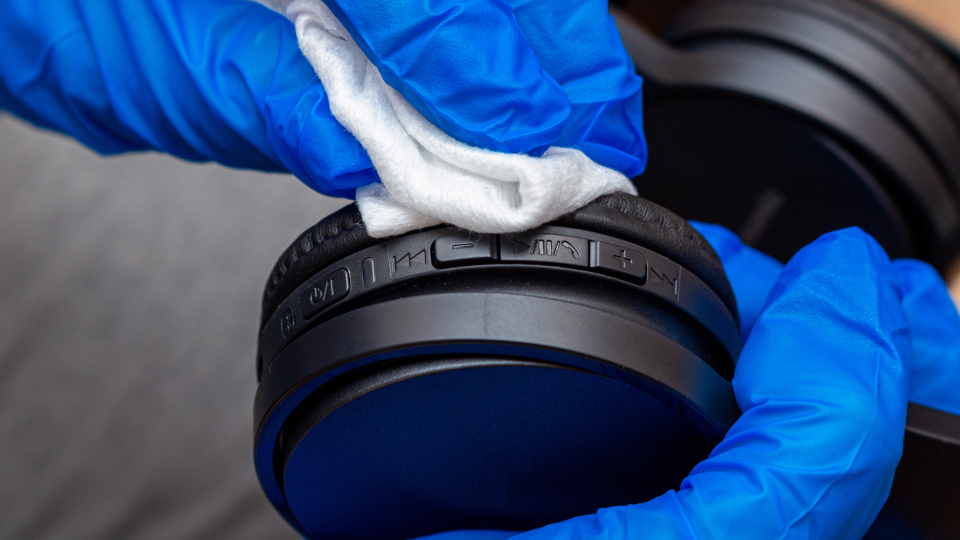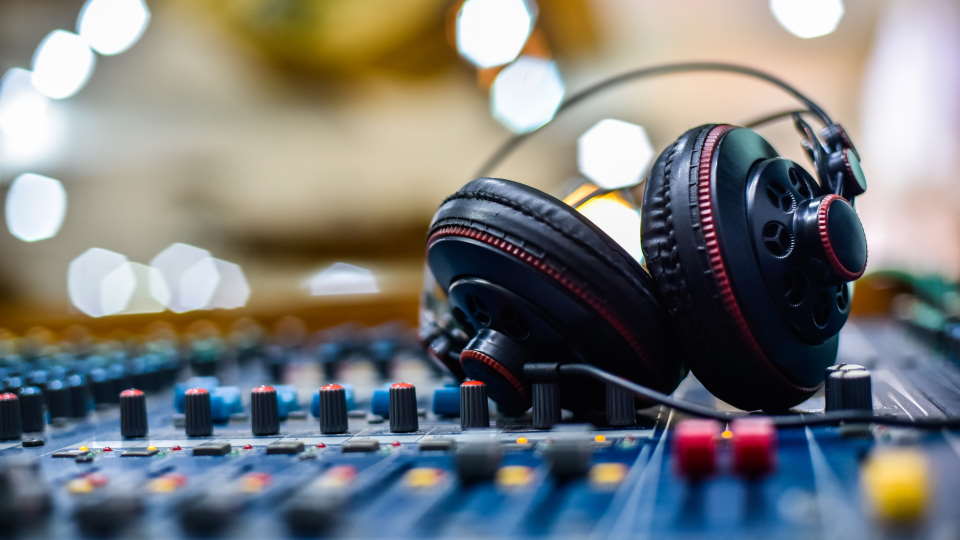In the ever-evolving realm of audio technology, we have witnessed a remarkable journey from the days of bulky gramophones to the convenience of streaming services. We will delve into the fascinating history of audio, tracing the advancements that have transformed the way we listen to music. Furthermore, we explore the impact of digitalization on audio quality and how it has revolutionized the music industry. As we move forward, we also peek into the future, discussing the exciting possibilities of audio technology in realms like virtual reality and beyond. Hold on tight as we embark on this exhilarating audio adventure!
From Gramophones To Streaming: A Brief History
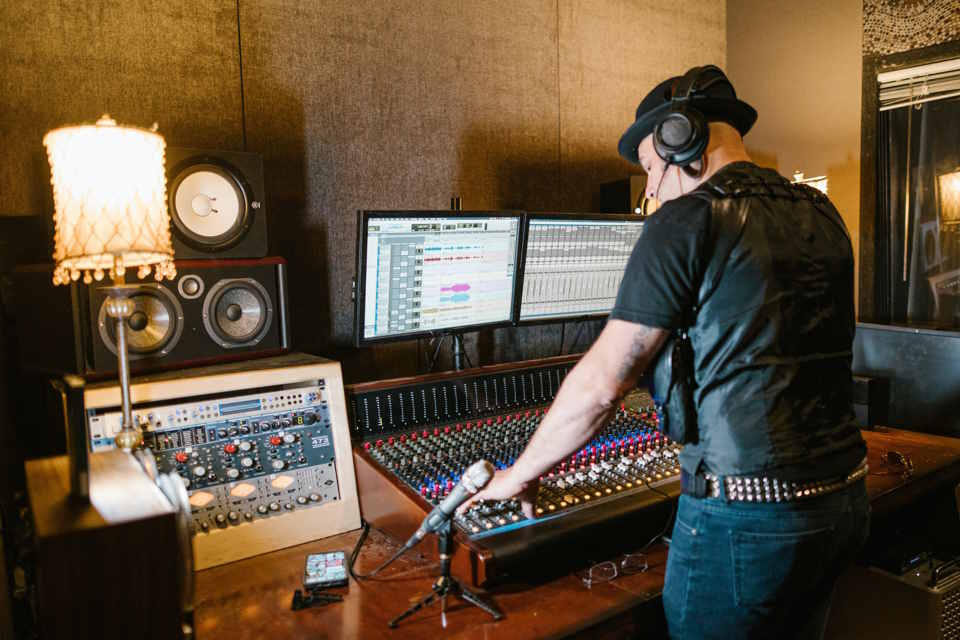
The history of audio technology is a fascinating journey that has transformed the way we listen to music and enjoy various forms of audio entertainment. From the humble beginnings of gramophones to the modern era of streaming, let’s take a look at the evolution of audio devices and their impact on our lives:
Early Days: The Invention of the Gramophone
Back in the late 19th century, when people wanted to listen to music, they relied on live performances or played musical instruments themselves. However, everything changed with the invention of the gramophone by Thomas Edison. This groundbreaking device allowed users to capture sound and reproduce it, introducing a whole new way of experiencing music. The gramophone used cylindrical records which were painstakingly manufactured and played by manually cranking the device. It was the starting point of a revolution in the audio industry.
The Rise of Vinyl Records
As technology progressed, gramophones evolved and became more accessible to the general public. Vinyl records replaced the fragile, cylindrical records, offering better sound quality and easier production. The 12-inch vinyl records quickly gained popularity, and music enthusiasts would spend hours browsing record stores, searching for their favorite tunes. The charm of vinyl records lies in their warm sound and the nostalgic crackles they produce, creating an immersive listening experience.
The Birth of Cassette Tapes and Compact Discs
In the 1960s, the cassette tape was introduced, revolutionizing the way people listened to music. Compact, portable, and easily recordable, cassette tapes allowed users to create their own mixtapes and listen to music on the go. It was a game-changer for music enthusiasts who loved the flexibility and freedom it provided. However, cassette tapes were eventually replaced by compact discs (CDs) in the 1980s, offering superior sound quality and durability. CDs quickly became the dominant audio format and marked another significant milestone in the history of audio technology.
| Year | Audio Format | Advancements |
|---|---|---|
| 1877 | Gramophone | First device to reproduce recorded sound |
| 1948 | Vinyl records | Better sound quality and easier production |
| 1963 | Cassette tapes | Portable and recordable audio format |
| 1982 | Compact discs (CDs) | Superior sound quality and durability |
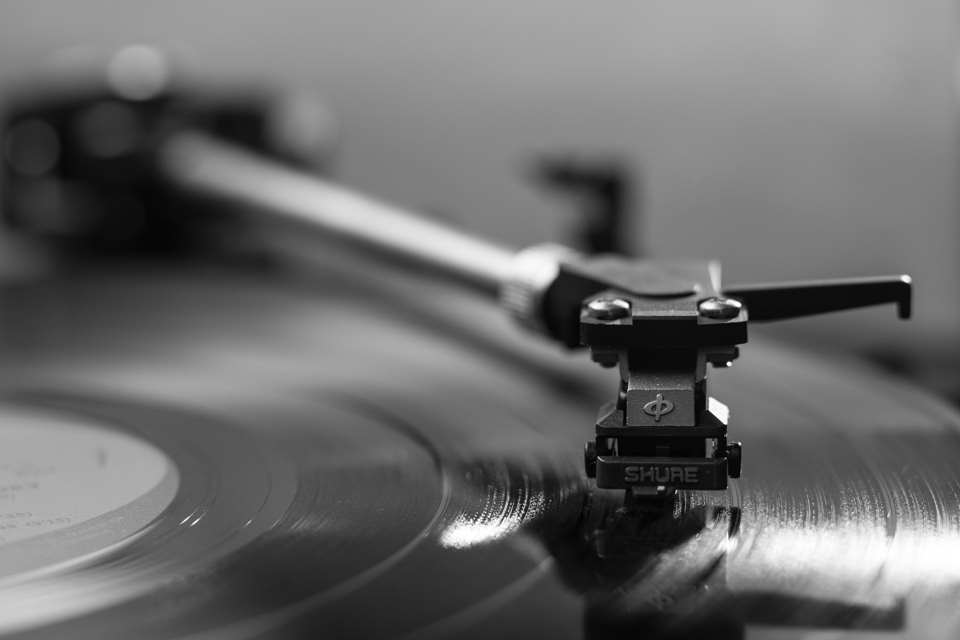
The Digital Revolution: From MP3s to Streaming
The digital era brought forth a dramatic shift in the audio landscape. With the introduction of MP3s and digital music players, people could now store thousands of songs in their pockets. The convenience and portability of digital music led to the decline of physical media. Then came the rise of streaming platforms like Spotify, Apple Music, and Pandora, offering users instant access to an extensive library of songs from various genres and artists. The shift towards streaming services has transformed the way we consume music, making it more accessible and personalized to individual preferences.
The Future of Audio: Virtual Reality and Beyond
As technology continues to advance at a rapid pace, the future of audio holds even more exciting possibilities. Virtual reality (VR) technology, coupled with immersive audio, is changing the way we experience entertainment. With VR headsets and 360-degree sound, we can be transported to different worlds, concerts, and live performances, enhancing our audiovisual experiences like never before. Additionally, emerging technologies like artificial intelligence (AI), voice assistants, and smart speakers are shaping the way we interact with audio devices in our homes and workplaces.
From the humble gramophone to the convenience of streaming, the journey of audio technology has been a remarkable one. It has shaped our musical experiences, bringing us closer to the music we love. As we look towards the future, it is certain that audio technology will continue to evolve, providing us with new ways to enjoy and appreciate the power of sound.
The Impact Of Digitalization On Audio Quality
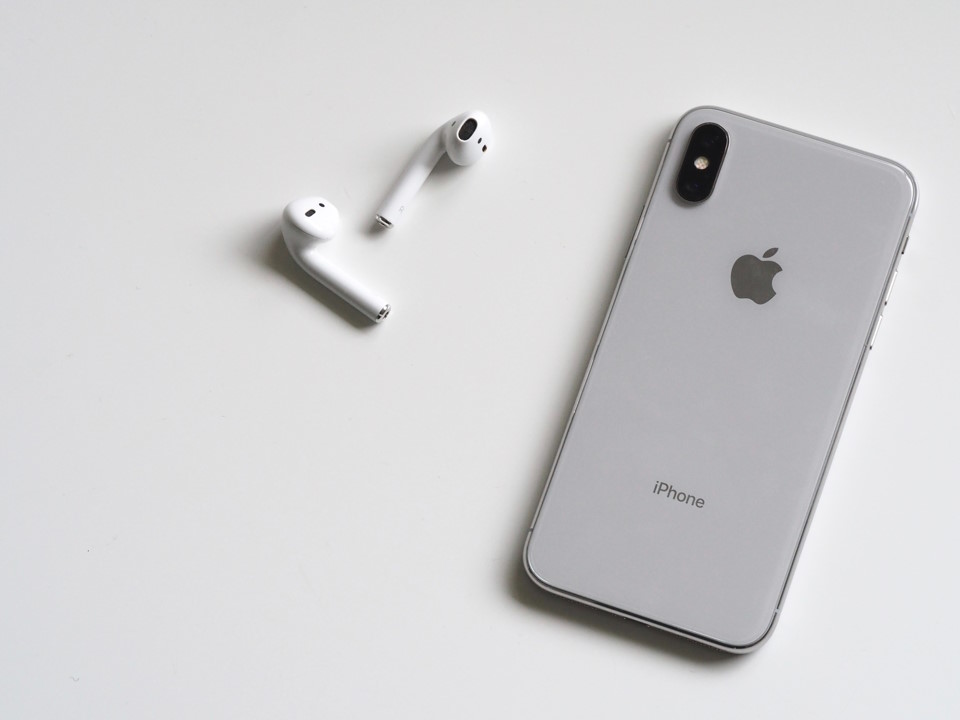
In today’s digital age, audio technology has evolved at an incredible pace, revolutionizing the way we listen to music and changing the overall audio quality. The impact of digitalization on audio quality has been significant, both positive and negative. Let’s take a closer look at how digitalization has influenced audio quality and what it means for music enthusiasts.
One of the main advantages of digitalization is that it has made audio more accessible to a wider audience. With the rise of streaming platforms and online music stores, music lovers can now enjoy a vast library of songs at their fingertips. The convenience of being able to discover and listen to any track or album instantly has transformed the way we consume music. However, the ease of access hasn’t come without a trade-off.
While digitalization has made music more convenient, it has also led to a decline in audio quality. With the advent of compressed audio formats such as MP3, audio files are compressed to reduce their size, making it easier to store and transmit them over the internet. However, this compression results in a loss of audio data, leading to a decrease in sound quality. Audiophiles and music purists often argue that the richness and depth of the original recording are sacrificed in the pursuit of convenience.
- On the flip side, digitalization has also opened up opportunities for audio enhancement and improvement. Audio editing software and digital audio workstations allow musicians and producers to fine-tune the sound, resulting in a cleaner and more polished final product. Moreover, advancements in audio technology have given rise to high-resolution audio formats such as FLAC and DSD, which offer better sound quality than compressed formats.
Another aspect of digitalization’s impact on audio quality is the rise of streaming services and the changing nature of music consumption. With platforms like Spotify, Apple Music, and Tidal becoming the go-to sources for music, listeners have transitioned from owning physical copies or downloading files to streaming songs on demand. While this has undoubtedly made access to a vast music library easier, it has also led to a shift in how music is mastered and mixed.
| Old Way | New Way |
|---|---|
| Mastered for Vinyl or CD | Mastered for Streaming |
| Dynamic Range Consideration | Volume Normalization |
| Focus on Analog Warmth | Emphasis on Loudness |
The shift from physical media to streaming has led to changes in how music is mastered and mixed. In the past, music was mastered with vinyl and CD in mind, considering factors like dynamic range and analog warmth. However, with the rise of streaming platforms, music is now often mastered to ensure it sounds good at any volume and is loud enough to stand out among other tracks. This shift reflects the changing needs and preferences of listeners in the digital era.
Revolutionizing The Music Industry With Audio Technology
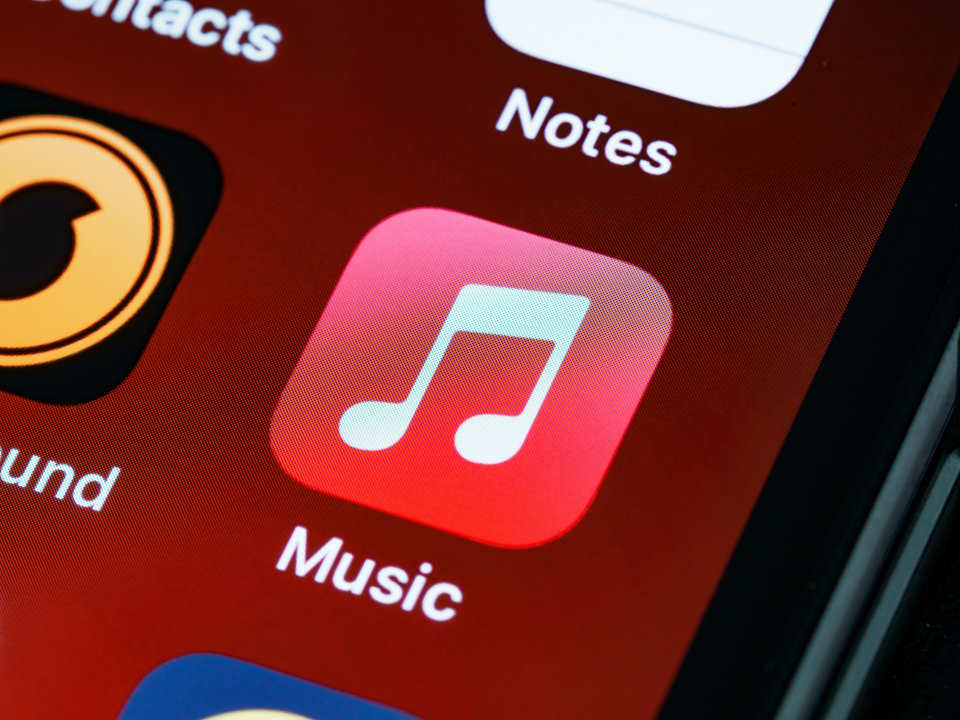
The music industry has always been subject to constant change and innovation. From the early days of vinyl records and cassette tapes to the era of CDs and MP3 players, audio technology has greatly influenced the way we listen to and consume music. But it is the recent advancements in audio technology that are truly revolutionizing the music industry as we know it.
One of the most significant breakthroughs in audio technology is the introduction of streaming services. With platforms like Spotify and Apple Music, music lovers can now access millions of songs at their fingertips, anytime and anywhere. Gone are the days of purchasing physical albums or downloading individual tracks, as streaming allows us to explore a vast musical landscape with a single click. It has not only transformed the way we listen to music but has also given rise to new business models and revenue streams for artists.
Another area where audio technology is making waves is in the realm of live performances. Virtual reality (VR) and augmented reality (AR) technologies are revolutionizing the concert experience, allowing artists to connect with their fans in unprecedented ways. VR headsets can transport us to virtual concert venues, where we can feel as if we are right there in the front row, enjoying a live performance. AR, on the other hand, can enhance the live experience by overlaying digital elements, such as dynamic visuals or interactive features, onto the real-world stage.
- Moreover, audio technology has played a crucial role in the democratization of music production. In the past, recording and producing music required expensive equipment and professional studios. However, with the advent of affordable recording software and home studios, aspiring musicians can now create high-quality audio recordings from the comfort of their own homes. This has opened up countless opportunities for independent artists to showcase their talent and share their music with the world.
- In addition to improving the way we consume and create music, audio technology is also transforming the way music is discovered. With the help of algorithms and machine learning, streaming platforms can now recommend personalized playlists based on our listening habits and preferences. This not only allows us to discover new artists and genres but also helps musicians gain exposure to a wider audience. The power of data and analytics is undoubtedly reshaping the music industry and providing endless possibilities for both artists and listeners.
| Advantages of Audio Technology in the Music Industry: |
|---|
| The convenience of streaming services |
| Enhanced live performances through VR and AR |
| Democratization of music production |
| Improved music discovery through personalized recommendations |
The Future Of Audio: Virtual Reality And Beyond
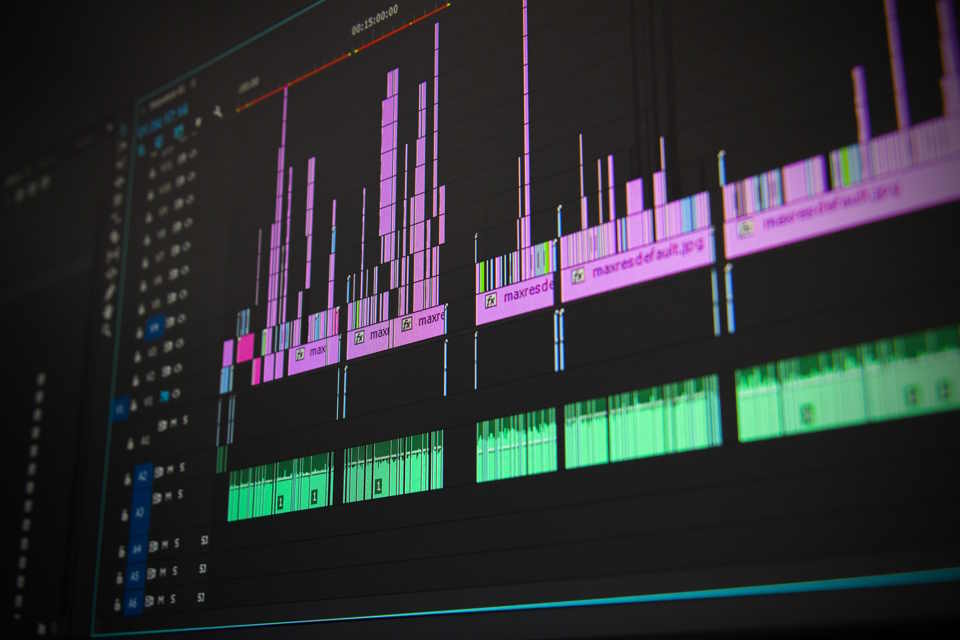
Technology has come a long way when it comes to audio entertainment. From the simple gramophones of the past to the streaming services we enjoy today, the evolution of audio has been staggering. But what does the future hold for this industry? One word: virtual reality. Yes, you heard it right. Virtual reality (VR) is set to revolutionize the way we experience audio like never before. Imagine being transported into a concert hall or a bustling city street, all from the comfort of your own home. With the advancements in VR technology, this immersive audio experience is no longer a fantasy but a reality.
Virtual reality audio technology has the power to transport us to a different time and place. It creates a three-dimensional soundscape that makes us feel like we are actually there, surrounded by the music or the environment. Unlike traditional stereo audio, VR audio takes advantage of special techniques such as binaural recording to mimic how our ears perceive sound in the real world. By capturing audio from multiple angles, VR audio can accurately reproduce the direction and distance of sound sources, creating a truly immersive experience.
But the future of audio doesn’t stop at virtual reality. Beyond VR lies a whole new realm of possibilities. With advances in technology, we can expect audio to become even more interactive and personalized. Imagine attending a live concert and being able to control the audio mix to suit your preferences. Want to hear the drums more prominently? Just adjust the sliders on your smart device. The future of audio is all about customization and giving the listener more control over their listening experience.
| Keyword | Definition |
|---|---|
| Virtual reality | A computer-generated environment that simulates a realistic experience |
| Immersive audio experience | An audio experience that fully involves the listener, creating a sense of being there |
| Binaural recording | A recording technique that captures sound using two microphones to replicate human hearing |
| Interactive | Capable of responding to user input or actions |
| Personalized | Customized or tailored to individual preferences or needs |



